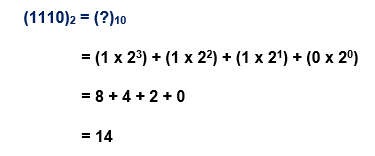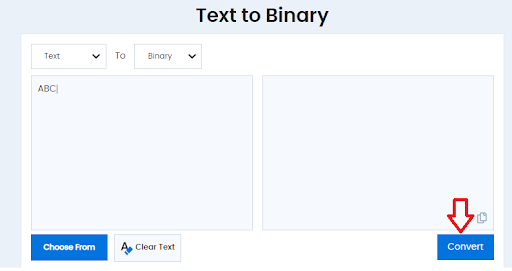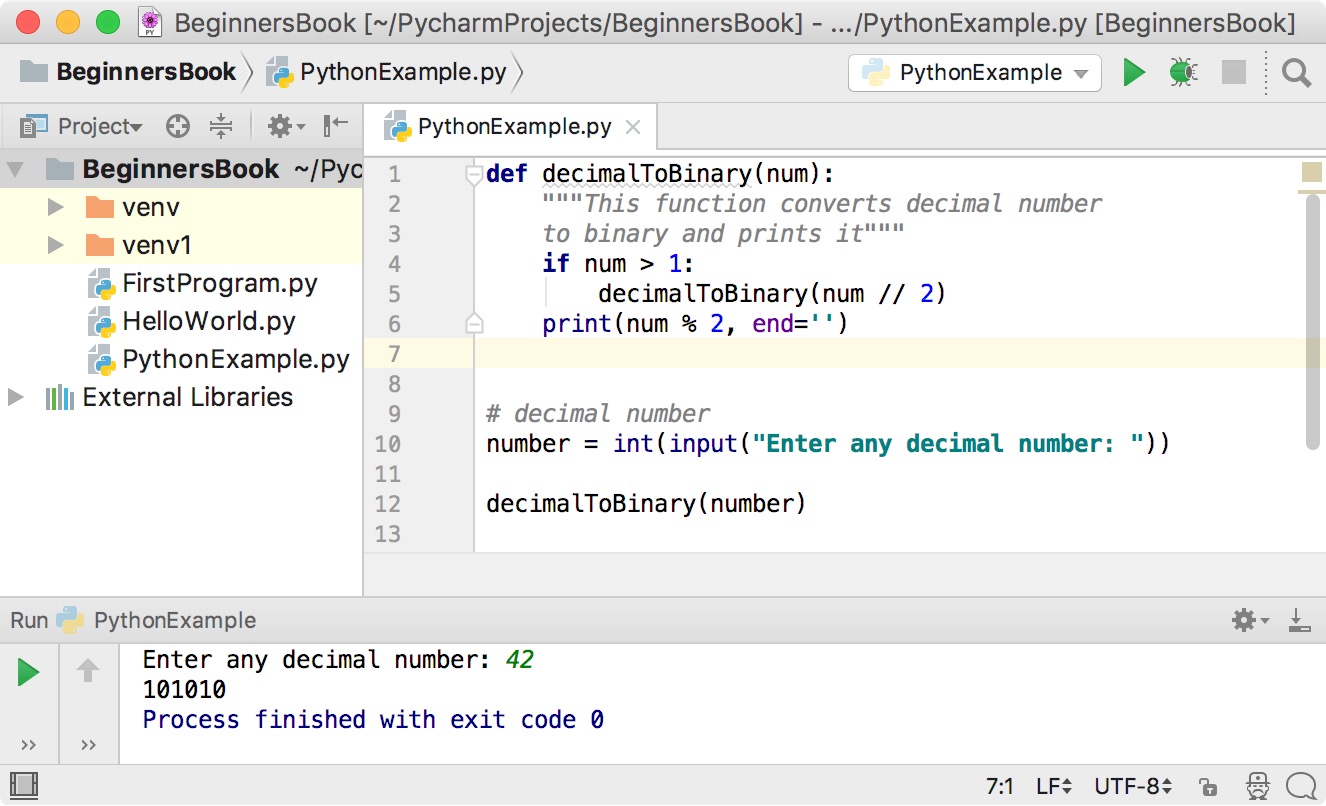

Each new remainder (0 or 1) is written in bits of the binary number in the direction from the LSB (least significant bit) to the eldest.

The result of such transfer of the number in the q-one numeral system is a record of the last quotient and all the residues in the reverse order. The calculated residue on the last step is the oldest (first) digit of transferred number. The division is done until the next quotient is not less than the base q. The essence of this transfer is a sequential decimal number and its particular division to the radix`s value of the system q. Transfer of numbers from q-one to decimal directly comes from the polynomial expression of a particular number. However, considering that the vast majority of computers use a binary numeral system, it appears the need to transfer numbers from one numeral system to another. In the exercise of tasks on the computer introduction of the initial data and output the results of the calculations are usually performed by the user in the usual decimal notation for it. Why should numbers be transferred from one system to another? If to write the number in the homogeneous of the 10th system, it is possible to use in each discharge only one digit in the range of 0 – 9, thus, allowed number of 450 (grade 1 st – 0, 2 nd – 5, 3 rd – 4), and 4F5 – not, as the letter F is not included in a set of digits from 0 to 9. As an example, we use the decimal system. The homogeneous system – for each category of the set of allowed symbols (digits) is the same. The number of different digits (characters) used in the positional numeral system for representing (record) number, is called the base. Rank number increases from right to left. The position of figure is called discharge.

Positional system – the quantitative value of the numbers depends on its place in the entry number. Non positional system – some letters are used as digits. Numeral system is a collection of symbols (digits) and the rules of their use for numbers representation. Numbers` transfer in different numeral systems


 0 kommentar(er)
0 kommentar(er)
